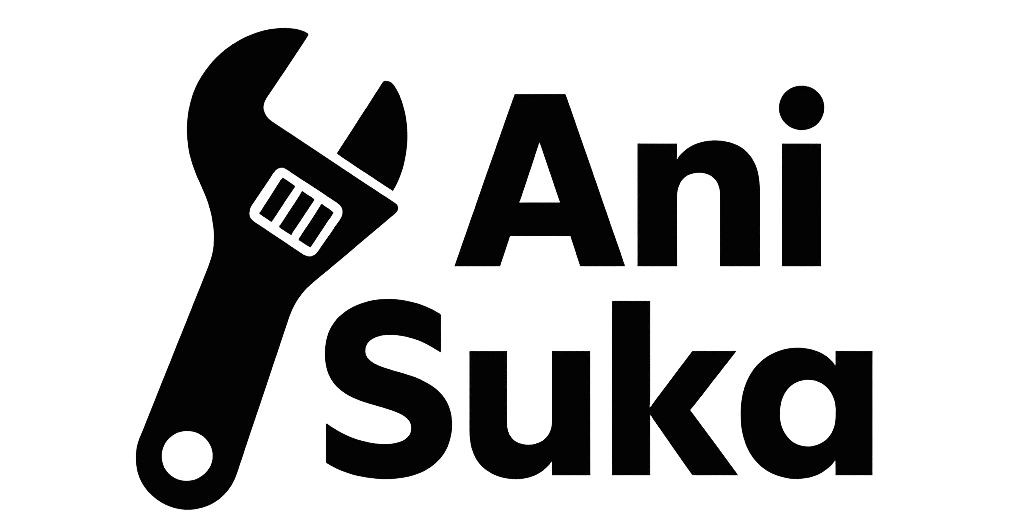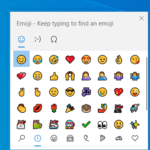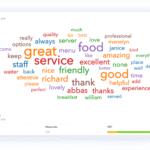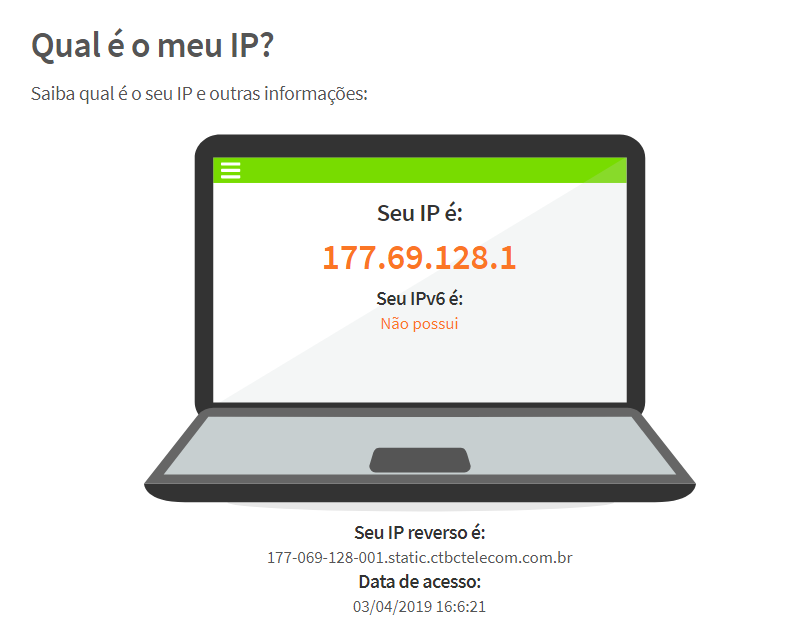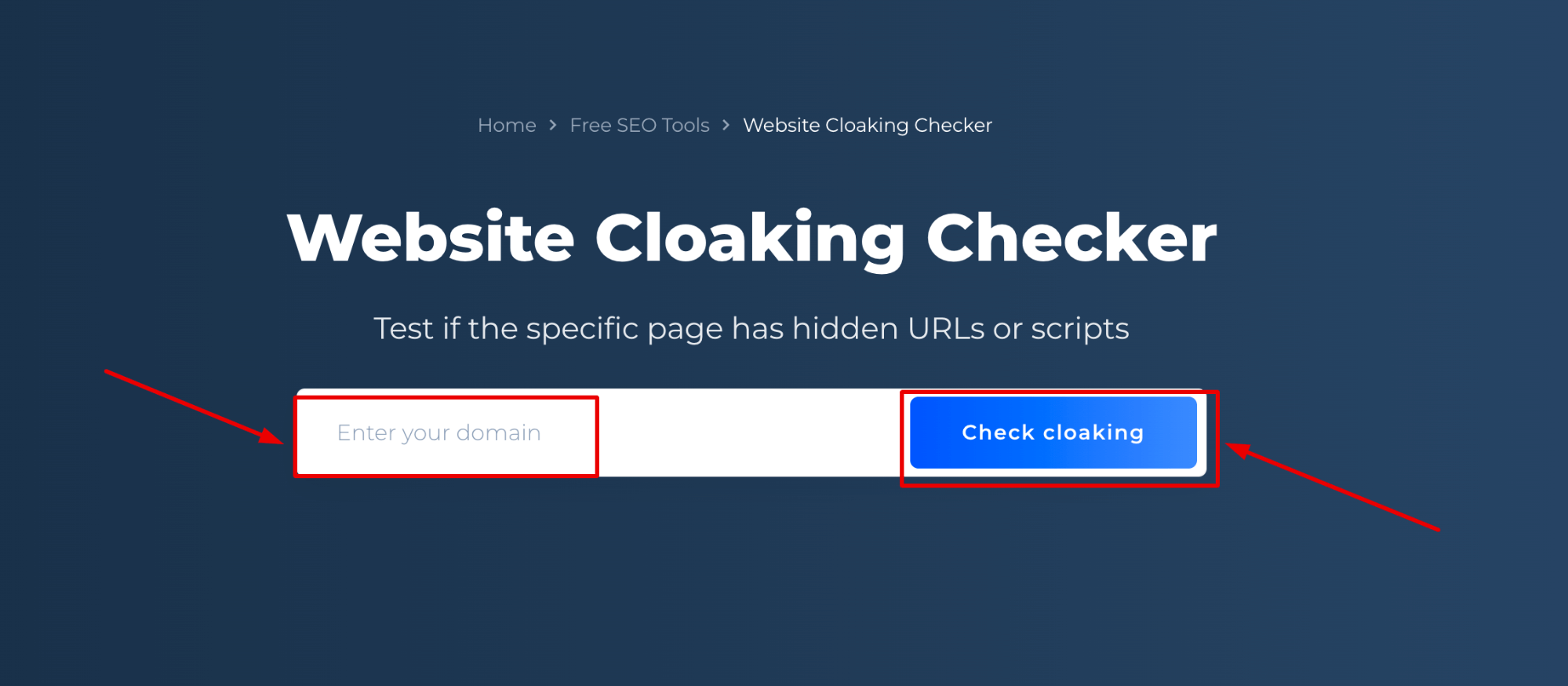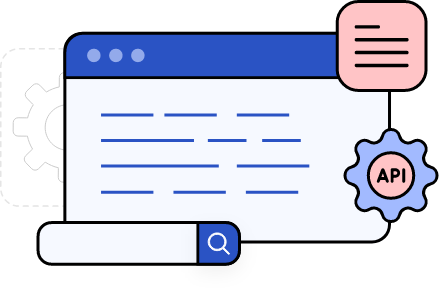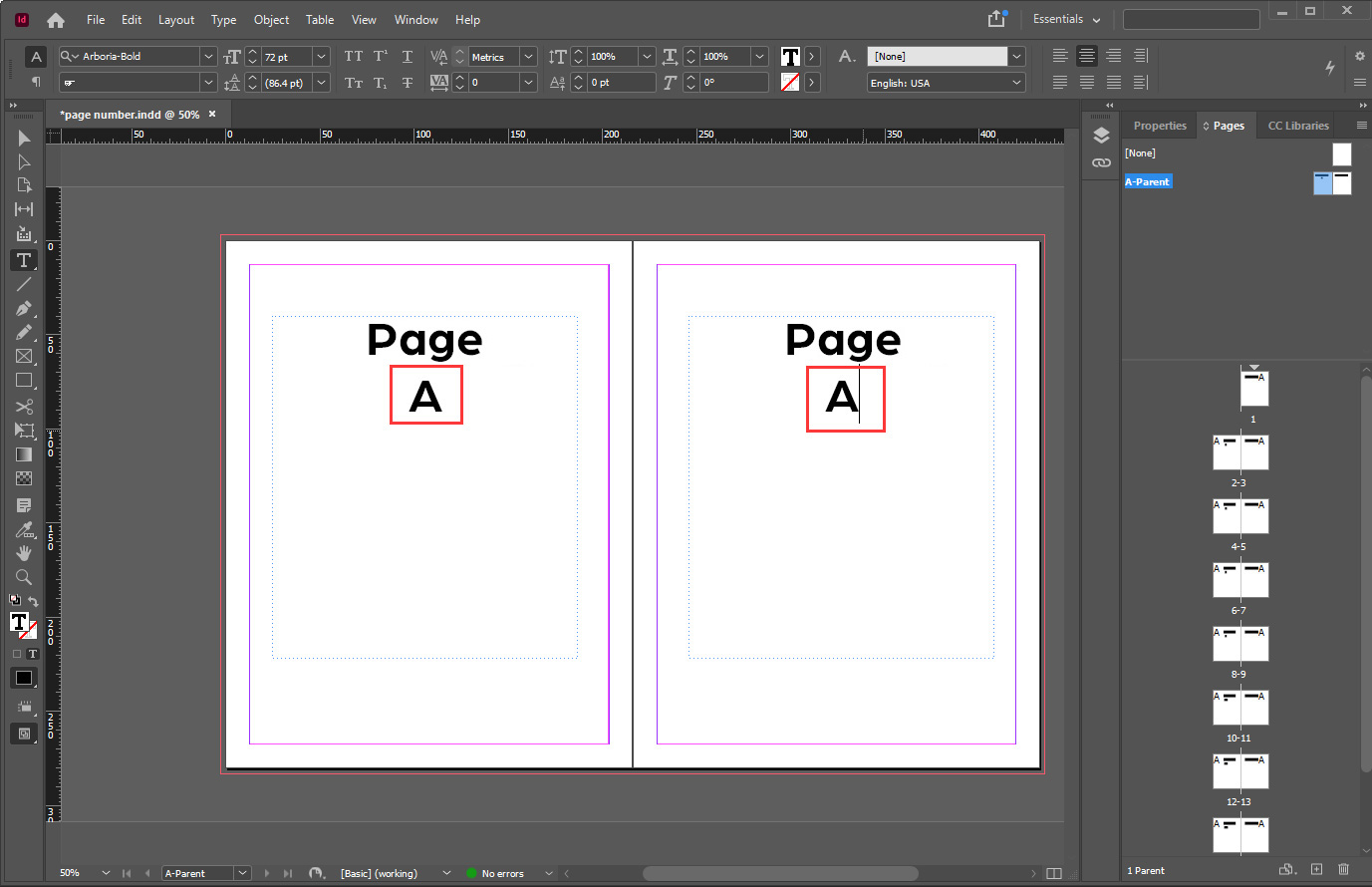The internet has revolutionized the way we share and consume content, particularly on social media platforms. When sharing a web page, how it’s displayed can significantly influence user engagement. This is where Open Graph tags come into play, ensuring that the shared content looks appealing and informative.
Understanding and utilizing Open Graph tags is crucial for any digital marketer or webmaster aiming to optimize their online presence. An Open Graph Checker is an essential tool that allows you to preview and fine-tune these tags for optimal performance across various social media platforms.
What are open graph tags?
Open Graph tags are snippets of HTML code that control how URLs are displayed when shared on social media. They are a part of the Open Graph protocol which Facebook introduced to define how information is transferred when a web page is shared.
These tags can dictate what image, title, description, and more will appear in the social media post. By customizing these tags, websites can enhance their appearance on social media, leading to higher engagement and click-through rates.
For example, the og:image tag specifies the image that appears in the post, which is essential for capturing attention as users scroll through their feeds. Without these tags, social media platforms may pick up unrelated or unflattering content to display, potentially harming the user’s perception of the shared link.
How do open graph tags improve SEO?
While Open Graph tags don’t directly influence search engine rankings, they play a vital role in enhancing the social media visibility of a website, which is a significant aspect of modern SEO.
Content that is more engaging on social media often receives more shares, likes, and comments, which can drive more traffic to a website. This increased visibility often leads to more backlinks and higher organic search rankings.
Moreover, using Open Graph tags to create attractive and clickable social media posts can reduce bounce rates, as users clicking through will likely encounter content that matches their expectations set by the social media preview.
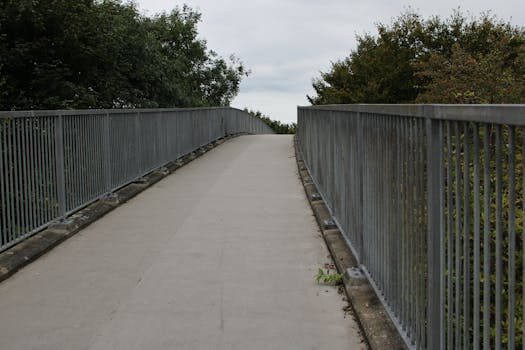
Ultimately, while Open Graph tags are not a direct ranking factor for search engines, their indirect effects on user behavior and website traffic can contribute positively to a site’s SEO performance.
Which social media platforms use open graph tags?
- Facebook: The Open Graph protocol was initially created for Facebook, making these tags crucial for optimizing how content appears on this platform.
- Twitter: Although Twitter uses its own meta tags (Twitter Cards), it will fall back on Open Graph tags if Twitter-specific tags aren’t present.
- LinkedIn: This professional networking platform also recognizes Open Graph tags, ensuring shared content is presented clearly and attractively.
- Pinterest: Open Graph tags can specify which image is pinned when a user saves content from a website to a Pinterest board.
What are the most important open graph tags?
The most crucial Open Graph tags for any website are:
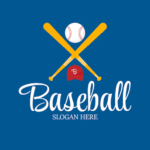 Baseball logo – DesignStudio
Baseball logo – DesignStudio- og:title: This tag sets the title of your content as it should appear in the social media post.
- og:description: It provides a brief and enticing description of the content.
- og:image: Specifies the image that will accompany the post. Choosing the right image is crucial as it significantly affects click-through rates.
- og:url: Determines the URL to which the post is linked.
- og:type: Identifies the type of content being shared, whether it’s an article, video, or image.
How to use the open graph checker?
An Open Graph Checker is a tool that allows you to verify the correct implementation of Open Graph tags on your website. Here’s how to use it:
First, input the URL of the webpage you want to check into the Open Graph Checker. The tool will then display a preview of how the page will appear when shared on social media, along with any Open Graph tags found in the page’s source code.
If the preview looks different from what was expected, you can use the provided information to adjust your Open Graph tags accordingly. This might involve adding missing tags or correcting any errors in the current tags.
By iteratively checking and adjusting, you can ensure that any shared content from your website will display as intended across different social media platforms.
What is the open graph protocol?
The Open Graph protocol is a set of rules that defines how information is exchanged between a website and social media platforms. It allows for rich, “graph” objects to be created and linked, establishing the relationship between a web page and the content it shares.
This protocol is essential for enabling a seamless sharing experience. When Open Graph tags are present, social media platforms can provide a more engaging, visually appealing, and informative preview of the shared content.

Understanding and implementing the Open Graph protocol is a key step for any business or individual looking to improve their online presence and tap into the viral potential of social media sharing.
Open graph checker: Preview and generate meta tags
Using an Open Graph Checker can significantly improve the way content is shared socially. These tools not only allow for previews but also assist in generating the meta tags required for optimal display.
A great feature of some Open Graph Checkers is their ability to generate the necessary meta tags for you. After previewing how your content appears, you can use the tool’s suggestions to create or adjust your tags to ensure they make the biggest impact when your content is shared.
Remember, a well-crafted Open Graph tag can mean the difference between a post that gets scrolled past and one that gets clicked, liked, and shared.
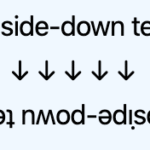 Upside Down Text Generator – Flip your text easily
Upside Down Text Generator – Flip your text easilyAs an example of how these tools can be beneficial, let’s take a look at this informative video on the topic:
Related Questions About Open Graph and SEO
How to check open graph image?
To check the Open Graph image for a specific page, enter the URL into an Open Graph Checker tool. It will display the og:image tag content, giving you a preview of the image that will be used when the page is shared on social media.
If the image is not displaying correctly or as expected, this might indicate that the tag is missing, incorrect, or pointing to a broken link. Adjusting the tag within your page’s HTML and rechecking can resolve the issue.

How do I check open graph metadata?
Checking Open Graph metadata involves using an Open Graph Checker to analyze the HTML of a webpage. The tool will reveal all the Open Graph tags present, such as og:title, og:description, and og:image, allowing you to verify that each piece of metadata is accurate and effective.
If necessary, updates to the metadata can be made directly in the site’s source code. After saving changes, re-check the metadata with the tool to confirm the updates were successful.
What does OG mean in SEO?
In SEO, “OG” refers to Open Graph, a protocol that uses og: prefixed tags in the HTML to enhance how content is presented when shared on social media. While not a direct ranking factor, implementing OG tags can improve social media engagement and increase traffic, indirectly benefiting SEO.
OG tags help ensure that the shared content is attractive and clickable, which can lead to more social signals and potential backlinks, both of which are important for SEO.
Is Open Graph free?
Yes, the Open Graph protocol is freely available for anyone to use. There are also free Open Graph Checker tools available online, which allow you to preview and test your Open Graph tags without any cost.
While some advanced tools may offer premium features, the basic functionality needed to implement and check Open Graph tags is generally available for free, making it accessible for all website owners and content creators.
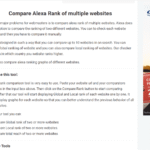 Alexa ranking tool – compare alexa ranks of different sites
Alexa ranking tool – compare alexa ranks of different sites